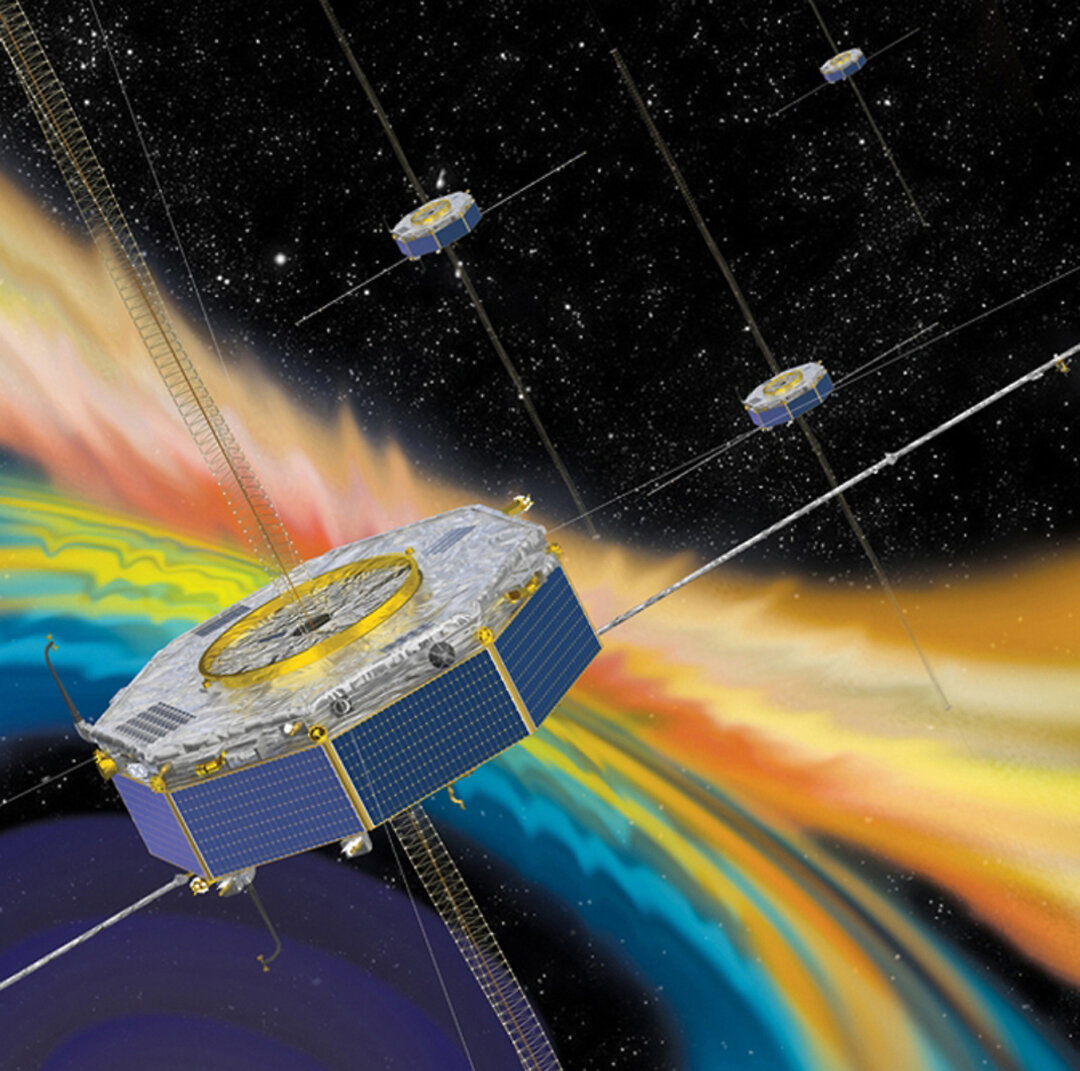Plasma Waves Are Cooking Electrons in Earth's Magnetic Shield

Space is warm — or, at least, warmer than it should be. All across the universe, including in our own solar system, astronomers have found that the nearly empty places between the stars and galaxies and other matter contain more heat than existing knowledge can fully explain.
So what's cooking the void?
A new study conducted in space might offer an answer: plasma waves banging into electrons. [The 18 Biggest Unsolved Mysteries in Physics]
Those nearly empty places in our solar system do have some stuff in them. There's solar wind, which consists of thin streams of charged particles, like electrons, moving at superhigh velocities away from the sun. And there's loose plasma, a form of matter that's widely distributed throughout the universe and that often exists in a chaotic, "turbulent" state.
Scientists observed those electrons in the solar wind absorbing the energy of electromagnetic waves passing through the turbulent plasmas of Earth's magnetosheath. Once the energy was absorbed, it turned into heat. The magnetosheath is the region where Earth's electromagnetic fields most directly meet the solar wind.
It was an effect researchers had observed before in less-complex situations on Earth, but never in the chaotic turbulence of Earth orbit.
Researchers found the effect in data from the Magnetospheric Multiscale Mission. That project includes four robotic spacecraft orbiting the Earth and measuring how our planet's electromagnetic field interacts with the sun.
Get the world’s most fascinating discoveries delivered straight to your inbox.
In data from that extreme environment, researchers were able to tease out how energy in electromagnetic waves passing through the plasma turned into heat in the electrons. It was an effect never before seen in this sort of chaotic, natural setting. For the effect to work, the electrons and waves had to be moving at similar speeds.
"The electric field associated with waves moving through the plasma can accelerate electrons moving with just the right speed along with the wave, analogous to a surfer catching a wave," co-researcher Greg Howes, of the University of Iowa, said in a statement. (Adding energy to the electrons causes them to heat up.)
The researchers said that their results, published today (Feb. 14) in the journal Nature Communications, could help explain the universe's oddly high temperature. And their methods, they said, point the way forward to more-detailed studies of how energy moves through plasmas in space.
- Top 10 Ways to Destroy Earth
- Wacky Physics: The Coolest Little Particles in Nature
- 6 Cool Underground Science Labs
Originally published on Live Science.

